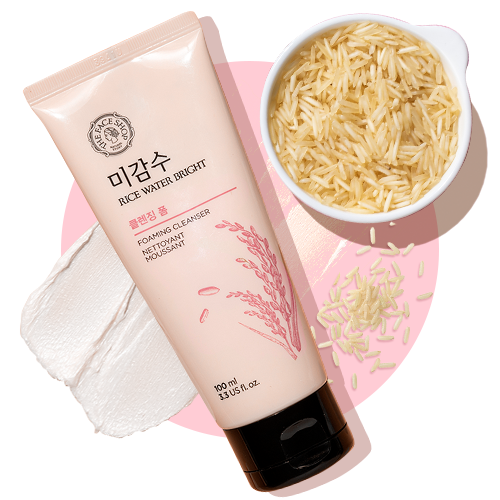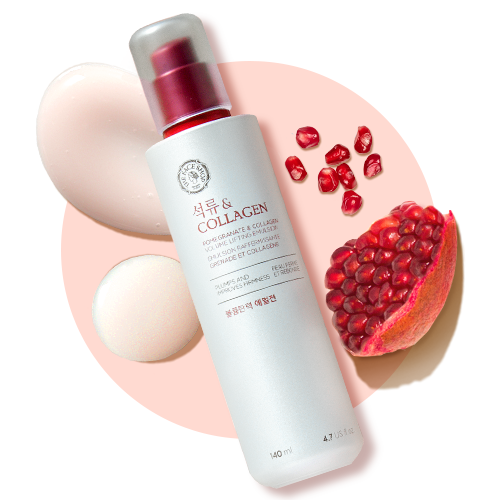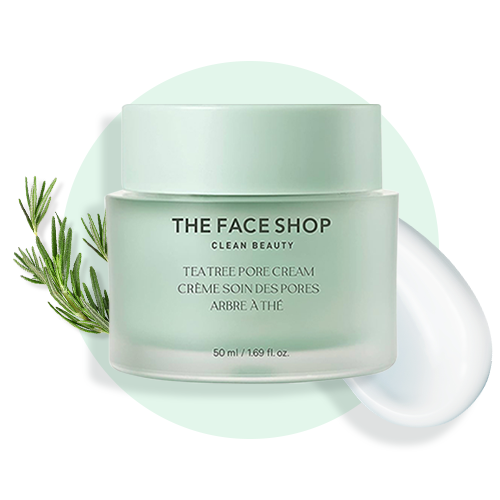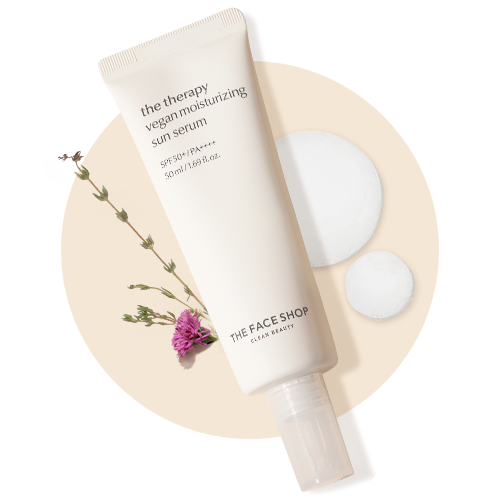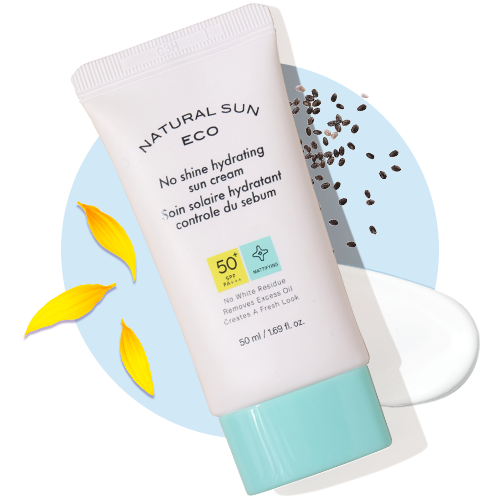Introduction
Wondering how to read skincare labels without feeling lost in a sea of scientific terms? You’re not alone. Skincare product labels can feel like a secret code, but mastering this skill helps you pick the best products tailored for your unique skin type and needs. This guide breaks down everything from the skincare ingredient list explained to spotting red flags like irritants and understanding product claims—so you shop smarter, glow better.
Step 1: Understand the Skincare Ingredient List Explained
When reading a skincare label, the ingredient list order is your best friend. Ingredients are listed by concentration, from highest to lowest. The first few ingredients are what really power your moisturizer, serum, or cleanser, while those near the end are tiny doses. For example, if vitamin C or retinol appears low on the list, the product may not provide visible results despite marketing claims.
Look out for:
-
Active Ingredients: The heroes like niacinamide, hyaluronic acid, salicylic acid, and peptides that deliver targeted benefits.
-
Hydrators & Emollients: Glycerin, ceramides, and squalane are skincare essentials for locking in moisture and protecting the skin barrier.
-
Irritants to Avoid: Alcohol denat / Ethanol, synthetic fragrances, and certain preservatives might cause redness or dryness, especially if your skin is sensitive.
-
Plant-based Ingredients: Botanical extracts and fermented components often add antioxidant and soothing benefits but check their placement on the list.
Step 2: Top Skincare Label Tips to Spot Effective Products
-
Look for products labeled “non-comedogenic” if you have acne-prone or oily skin—it means they won’t clog pores.
-
“Hypoallergenic” labels promise reduced irritation, but always patch test to be safe.
-
“Fragrance-free” products might still contain natural scents from plant ingredients, so beware if your skin reacts to scents.
-
Terms like “clean” or “natural” aren’t regulated—always check the ingredient list instead of trusting buzzwords blindly.
Step 3: Don’t Miss Expiration Dates & Packaging Info on Skincare Labels
Skincare actives lose potency over time. Look for the open jar symbol with a number (like 12M or 6M), which tells you how many months a product stays effective after opening. Also, choose products in opaque or air-tight packaging—these protect sensitive ingredients from air and light damage.
Step 4: Match Ingredients with Your Skin Type & Concerns
-
For dry skin, hunt for labels featuring humectants like hyaluronic acid and emollients like ceramides.
-
If you have oily or acne-prone skin, opt for products with salicylic acid or niacinamide and that are explicitly marked non-comedogenic.
-
People with sensitive skin should look for gentle, fragrance-free, and soothing ingredients highlighted on the label.
-
Those tackling aging skin need to spot peptides, retinol, and antioxidants prominently on the ingredient list.
Bonus Pro Tips for Reading Skincare Labels
-
Use ingredient scanner apps and trusted websites to research unfamiliar terms.
-
Patch test new products, no matter how promising the label looks.
-
Watch out for greenwashing—where products exaggerate the “natural” claim without strong ingredient backing.
Wrap-up
Knowing how to read skincare labels like a pro means you’ll no longer fall for confusing claims or pick products that don’t deliver. Decode ingredient lists, understand your skin’s needs, and make confident, glowing choices every time you shop. Your perfect skincare match is just a label away!
